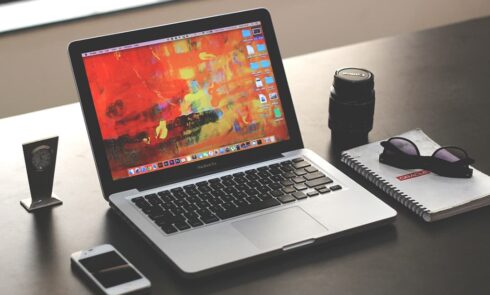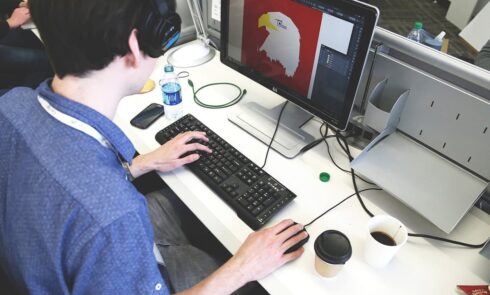To work in the program, you need to learn the basics. The basic lessons are:
- objects;
- lenses;
- effects.
In the program everything starts with creating a new document. Users start the editor, select a file, there is a New button. In the program, you can customize the workspace, view effects. If we talk about nuances, various modes are open, there is a function of smoothing, highlighting.
Tools on the panel:
- word processing;
- font change;
- spacing;
- columns.
Tools for shaped text, saving attributes are provided. Users upload files, can edit and format them. Simple text can be made streamlined or effects can be added. On the control panel there is a button for columns, a bulleted list. Professionals, of course, are interested in customizing letters, shaped text effects.
Working with fill:
- color selection;
- cloud;
- pattern catalog;
- playback functions.
When working with plain or monochrome images, it’s easy to make fills. It can be homogeneous or of different colors. The program presents a wide palette, you can use mixers.
Working with objects:
- image locking;
- file placement;
- moving an object;
- node processing;
- smoothing curved lines;
- basic tools.
Basic and additional tools are used to work with objects. The user changes displaying, adjusts scaling. Buttons on the sides are necessary to rotate objects, lock them.
The sidebar presents icons for transforming, dragging symbols. Node points are allowed to shift, thus changing the shape of the object. When working with curved lines, the function of disconnecting nodes is useful.
Lenses:
- portrait;
- color;
- negative;
- translucent.
To revitalize the drawing, users in the editor use lenses. They allow you to apply effects, you can watch the selected area. Working with bitmap images, it is possible to create collages. In the program you can convert any file, perform tracing.
The Import function will allow you to select the necessary image and add it to the workspace. Then all the tools for conversion are opened to the user. When creating logos, an interactive fill, a tool for changing the shape is used.
Everything starts with simple, straight lines. On the control panel, the “free shape” button is selected. Thanks to the modes, the conversion to curves takes place. All the necessary tools are on the top panel. If the shape is not satisfactory in terms of dimensions, it is necessary to change the position of the node. Since straight lines are used, some places lack smoothing.
Help! To solve the problem, designers simply connect the lines, thus changing the shape.
To color the object, a grid fill is applied. As a background, it is allowed to draw an ordinary figure. It can be a circle or a square. To select modes, there is an artwork function. If the color is not satisfactory, you can apply an interactive fill, look at the catalogs.
Working with layouts will bring a lot of pleasure, if you understand the “master of replacement” option. Any shapes in the editor can be changed, it is just important to set the parameters. Many people use the program to draw portraits. Everything starts with a set of curves, the main thing is to stick to the original plan. At the end of the work, designers just play with light. It is convenient that at any time you can tweak, change the scale of the picture.
What formats reads CorelDRAW
If you go to the properties of the program, you can learn about the list of supported formats.
The main types are:
- AI;
- PFB;
- BMP;
- BMP;
- CGM;
- CDR.
The program easily opens CSL symbol libraries. If a person works with a cursor, he will be interested in the CUR resource. Microsoft Word files can be loaded into the editor window.

